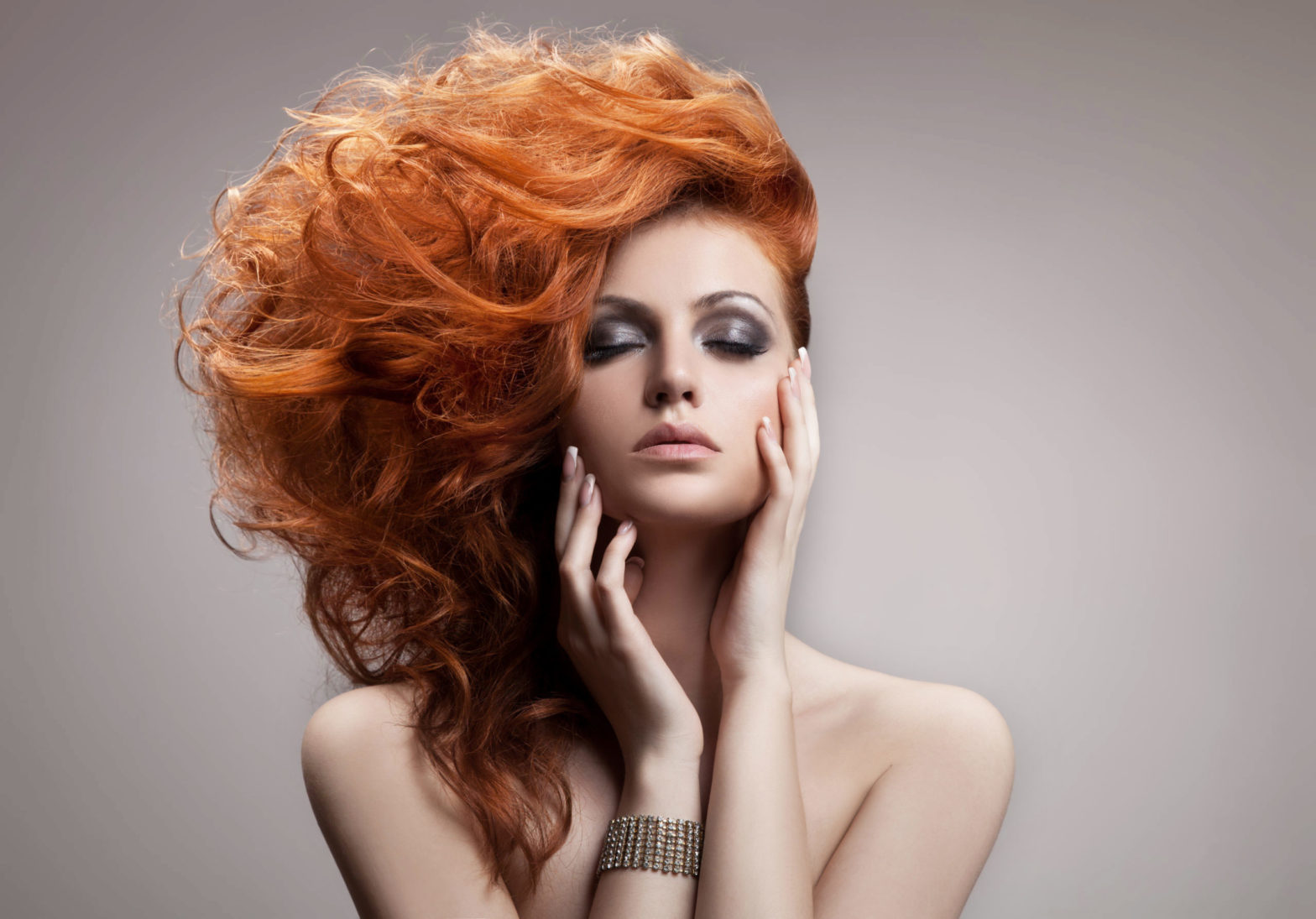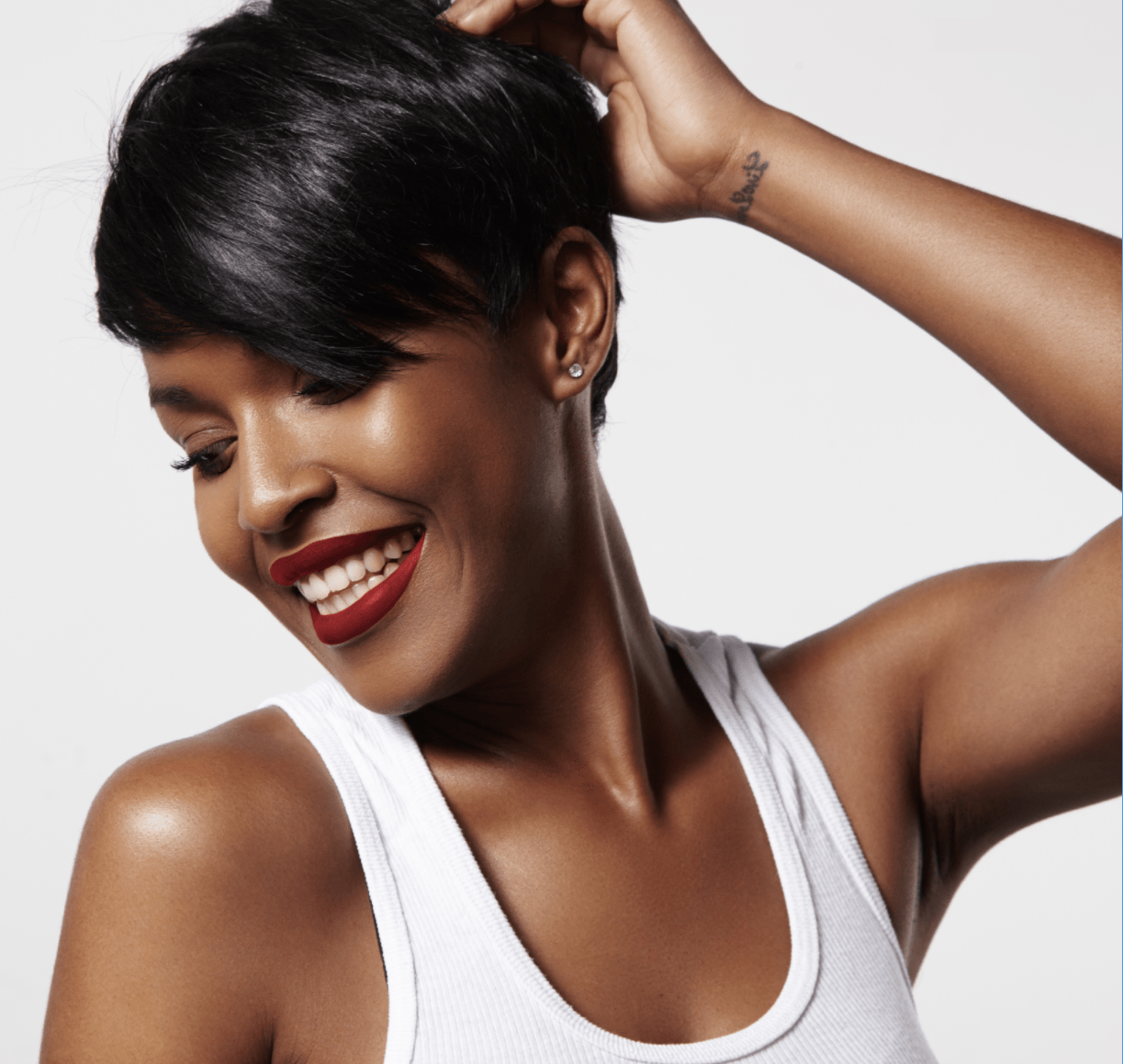About Us
Why Diversity in Barber and Beauty Schools Matter by Rodrick Samuels
20 Nov 2021
By Jey Price

Some of the best Barber and Beauty Schools in the country have an abundance of key assets: devoted teachers, challenging curricula, and vibrant cultures of achievement. But most lack one important quality: racial diversity.
The lack of diversity reflects a disturbing development in the U.S. today: the growing segregation of Barber and Beauty schools. This trend began in the 1980s with primary education and accelerated in the wake of several Supreme Court decisions.
The result is an entire education system including Barber and Beauty schools that’s increasingly separate and unequal. Large numbers of minority students, Black and Latino students in particular, are restricted in high-poverty schools — with alarming results.
These nonwhite Barber and Beauty schools are segregated by poverty as well as race, creating an unstable, often dangerous education experience, with high teacher turnover and limited resources. According to researchers, these are the schools that account for most of the nation’s ‘dropout factories,’ where a frightfully large share of the students, especially young men, fail to pass the state board exam and too many end up virtually unemployable by industry standards.
Beyond basic fairness, why should people care about diversity, especially in the barber and beauty industry? Should they count themselves lucky if their barber or stylist has a license, can perform services on every ethnicity with confidence and quality or should they be looking for more?
Ironically, while our Barber and Beauty Schools are becoming more segregated, our society is becoming ever more diverse. Some 44 percent of American students today are nonwhite, and that number rises every year. To prepare our future professionals to be global citizens, we need to expose them to more than an angled bob curls and tapers and bald fades. It’s essential for our future barber and beauty professionals to learn to get along with and understand people from all walks of life. We are not in the haircutting business; we are in the people business.
In fact, diversity in personal appearance education has been shown to promote tolerance. One recent study found, for example, that students in diverse settings exhibited less racial and ethnic prejudice than students who interacted mainly with those of similar backgrounds.
Learning empathy, flexibility, and how to work with people from different backgrounds and cultures will prepare the students of the barber and beauty to navigate an increasingly multicultural future.




